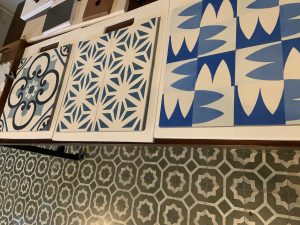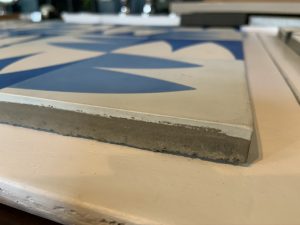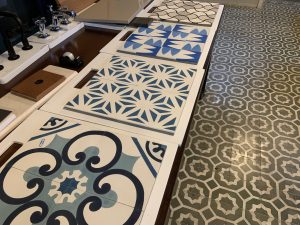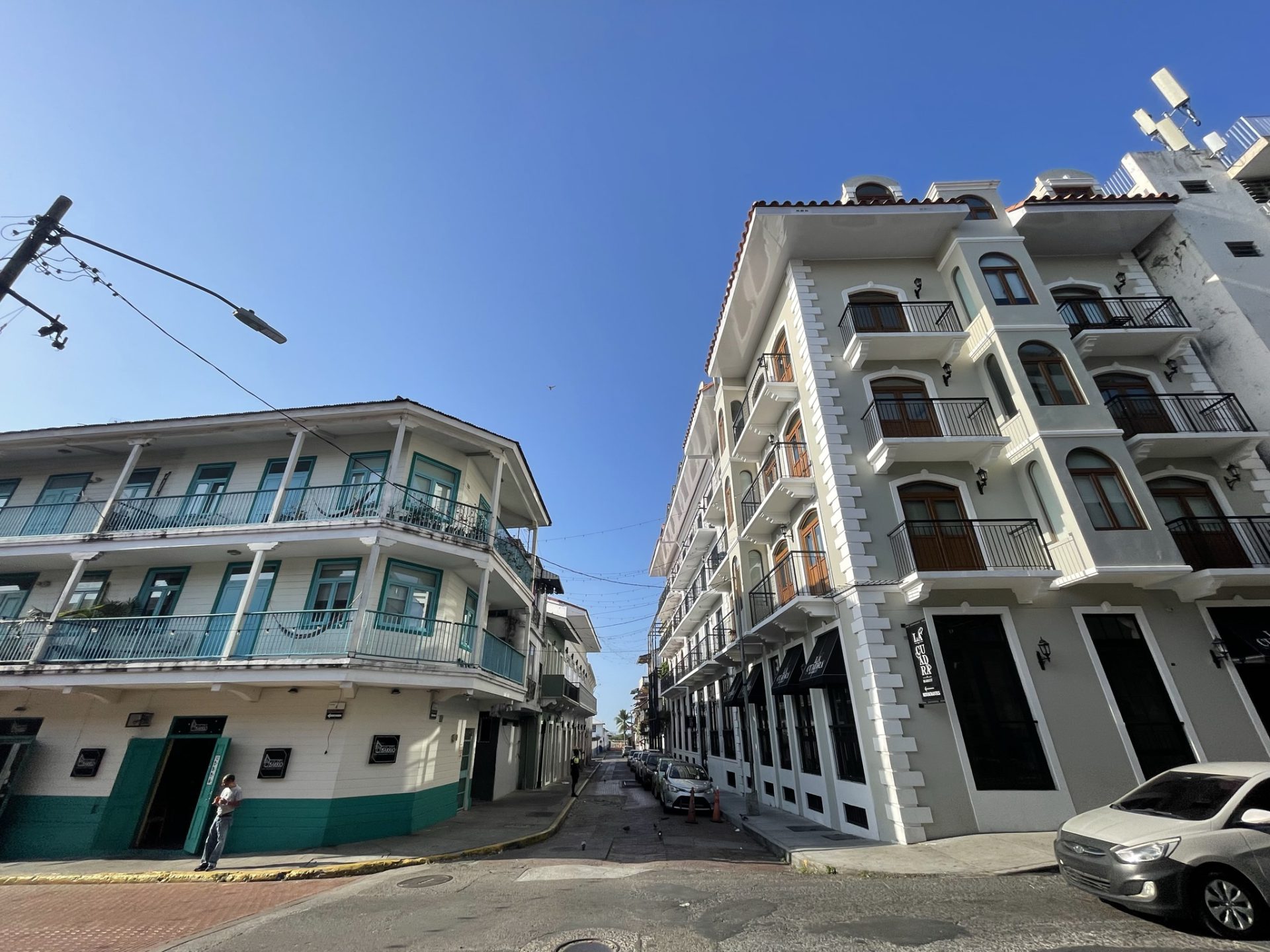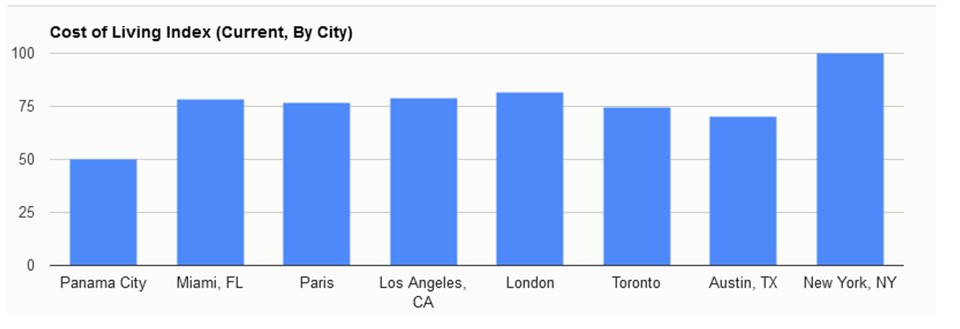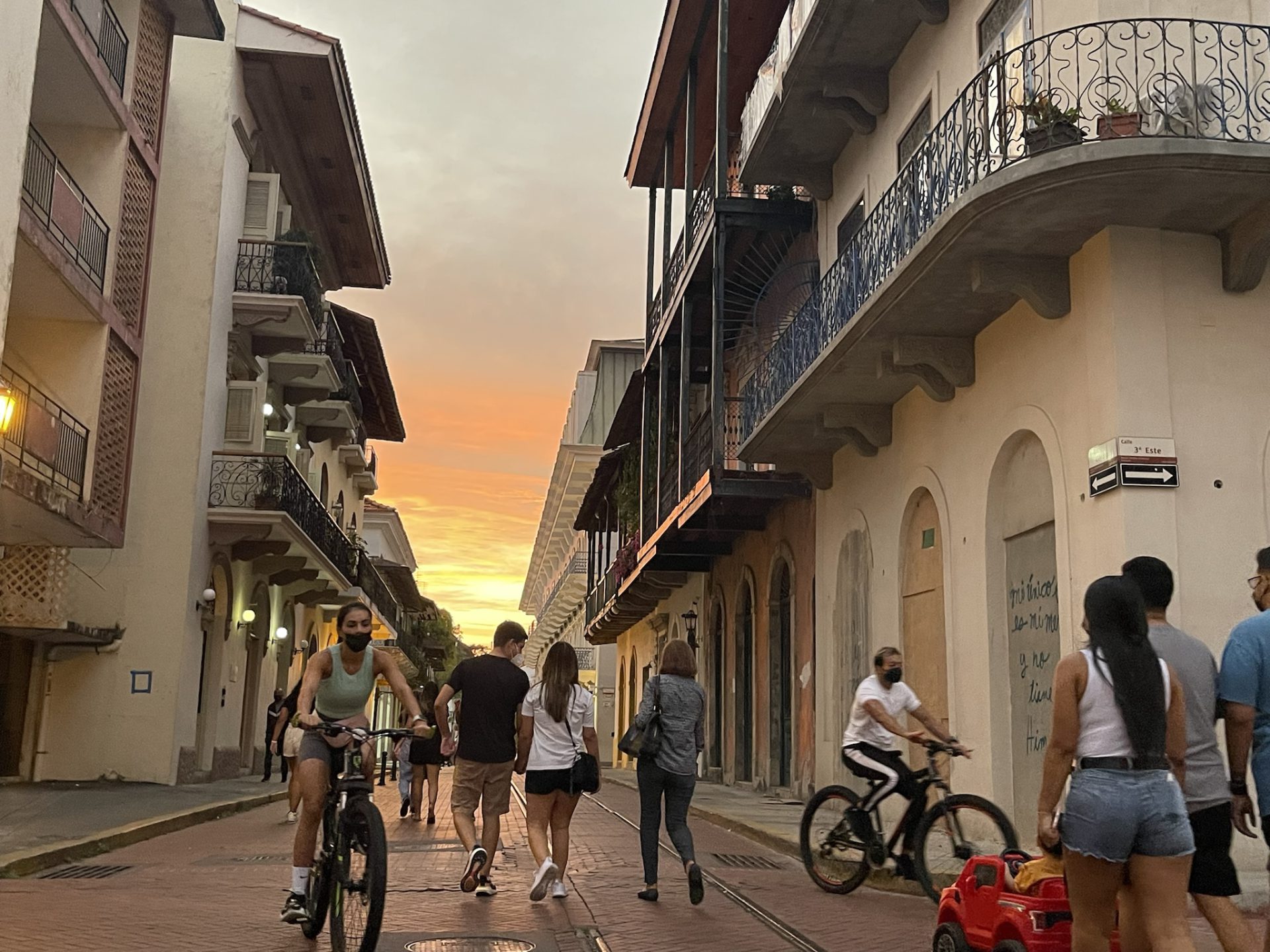A floor from the past today: hydraulic floors
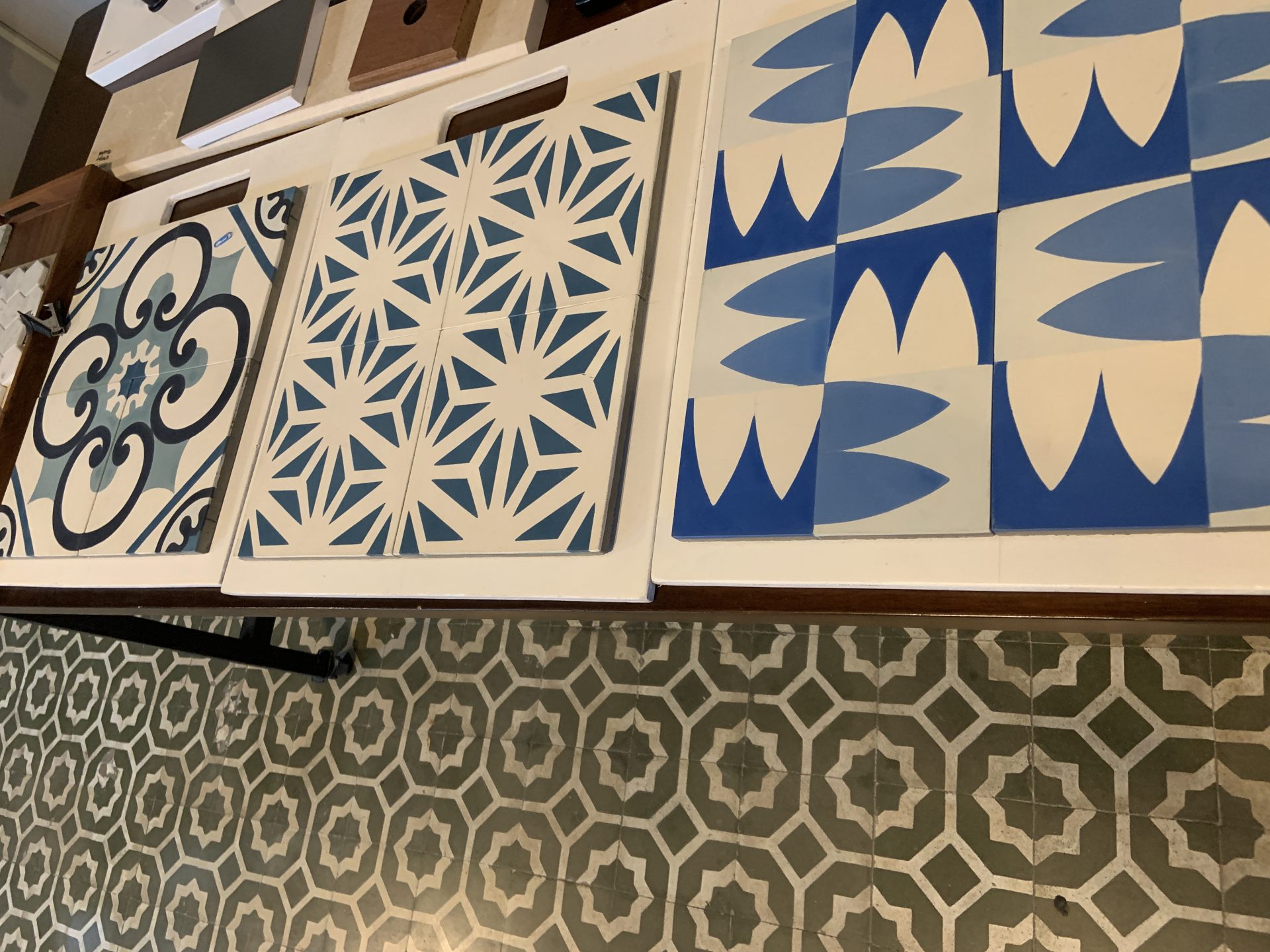
Panama, Casco Viejo, Casco Antiguo
You step inside an unrestored ruin in Casco Viejo, one of those properties made only of exterior stone walls standing like an empty shell full of cracks, dust and almost a jungle inside. You go deeper, and as you walk, your eye catches a glimpse of color under your feet, yes! you´ve discovered a small treasure: the original floor. There it is, after hundreds of years, a hydraulic floor with its art and colors basically intact, telling you stories about the personality and taste of its former owners, maybe generations ago. For a brief moment, you feel connected to all of them, like in a strange time machine.
Research says that this tecnique has been around since 1867. Far from being a painted decorative tile, these tiles are poured. First, you decide the design, then a proforma is made, colors are mixed, meassured and then you pour one by one. The color can go as deel as 1/8″. As a result, you get a higher quality floor tile, one whose color can literally last a lifetime. Because of its flexibility in design and color, it truly tells a story about who owns it.
The art behind each tile is interesting, specially for those dedicated to restore historic properties, since artisanal factories are able to reproduce even the oldest design. The floors are much thicker than regular floors and the color lasts forever. This is one of the reasons why it is one of the most seeked floor type in our project Santa Familia. The bright colors not only speak of the ocean, but of history.
Today, hydraulic tiles have adapted to modern life and taste. This has allowed the technique to live on and to earn the hearts of a new generation. Here you´ll see photos of some of the tiles being used in Santa Familia. Take a look at its thickness. Notice that the floor below is also “piso de pasta”. When this property was restored, the floor was intact, all that was needed was to give it a good polish.
We found also a video that shows the basics of how they are made:
